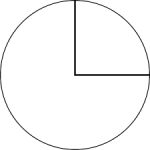Me too. In fact, I've always been surprised that many players seem to have more trouble with OBs frozen to the rail - those seem easier to me, not harder. Maybe it's because I visualize the OB contact point and that's made easier by having the rail pointing the way to the pocket.I do find it easier to aim, and I think I make more shots, along the rail than out in the middle of the table.
pj
chgo

